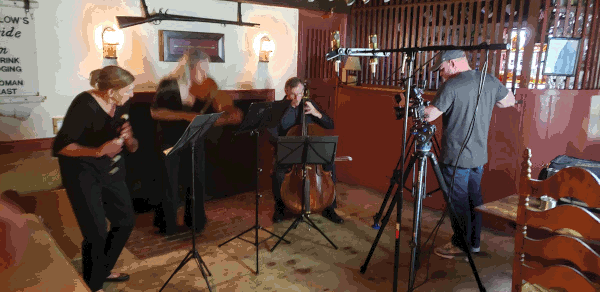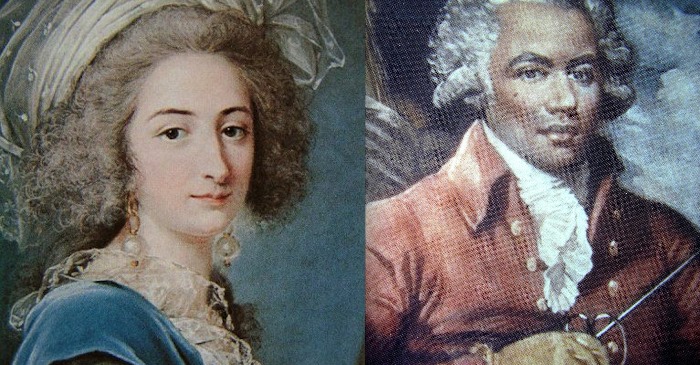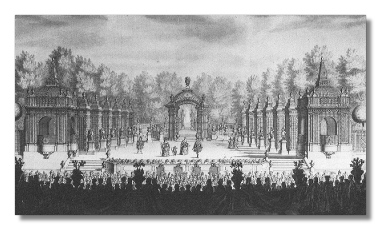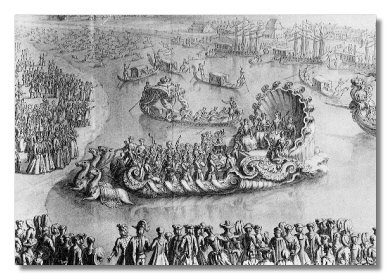Musicians’ Musings
by Richard Duckett
Worcester Telegram & Gazette
Published 5:04 a.m. ET April 12, 2024 Updated 5:04 a.m. ET April 12, 2024
Musicians of the Old Post Road intend to evoke “earthy” musical themes for the final concert of its 35th anniversary season on April 21 at the Worcester Historical Museum.
The Boston area classical music ensemble promises that the concert, titled “Earth: Rustic Classical,” will be "rollicking chamber music with a Bohemian flair for flute and strings." "It's fun. Down-to-earth," said Suzanne Stumpf, Musicians of the Old Post Road co-founder and co-artistic director with her husband, Daniel Ryan, about the program. "It's boisterous. Toe-tapping," said Ryan.
And why not? Musicians of the Old Post Road certainly has a lot to celebrate.
by Suzanne Stumpf
This famous quote comes from Stravinsky, right? Or was it Picasso? T.S. Eliot? Or all of the above? (stealing this quote from each other, of course!!) Much earlier, Thomas Jefferson wrote, “He who receives an idea from me, receives instruction himself without lessening mine; as he who lights his taper at mine, receives light without darkening me.”
Sources of creative inspiration and the processes of learning itself are subject to influences from experiences across one’s entire lifetime. So much is subliminally processed or assimilated that it cannot always be ascertained if creative borrowings truly cross the boundaries of plagiarism or fraud or are instead just a kind of psychological disorderliness.
The opening program of our 31st season “Harmony at Home” celebrated two talented women composers who have been unjustly neglected: Fanny Mendelssohn (the older sister of Felix), and Sophia Corri Dussek (wife of Jan Ladislav Dussek). We performed two little-known instrumental duos from among their oeuvre together with piano trios by Felix Mendelssohn and Jan Ladislav Dussek offering a window on domestic music-making in the early 19th century.
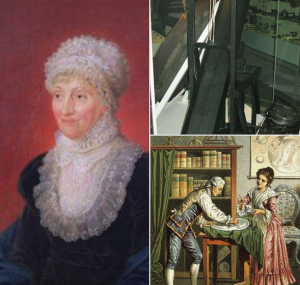 The musician/astronomer Caroline Lucretia Herschel was a younger sister to William Herschel, one of the featured scientist-composers for our “Stars in Their Eyes” program. Like her older brother, she was also an accomplished musician, playing harpsichord and performing as a vocal soloist for the oratorio concerts her brother organized in Bath.
The musician/astronomer Caroline Lucretia Herschel was a younger sister to William Herschel, one of the featured scientist-composers for our “Stars in Their Eyes” program. Like her older brother, she was also an accomplished musician, playing harpsichord and performing as a vocal soloist for the oratorio concerts her brother organized in Bath.

 Earth’s miraculous serendipity of a cooperative and perfectly distanced sun, a magnetic field, generous availability of water, and a moon that stabilizes earth’s wobble has given us the gift of habitat and life - for humans and an incredibly diverse plant and animal world, all intertwined and surviving in d
Earth’s miraculous serendipity of a cooperative and perfectly distanced sun, a magnetic field, generous availability of water, and a moon that stabilizes earth’s wobble has given us the gift of habitat and life - for humans and an incredibly diverse plant and animal world, all intertwined and surviving in d